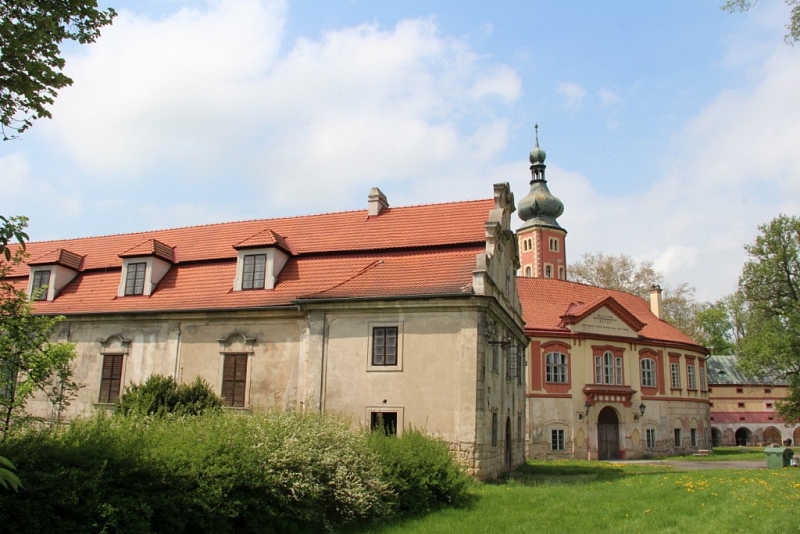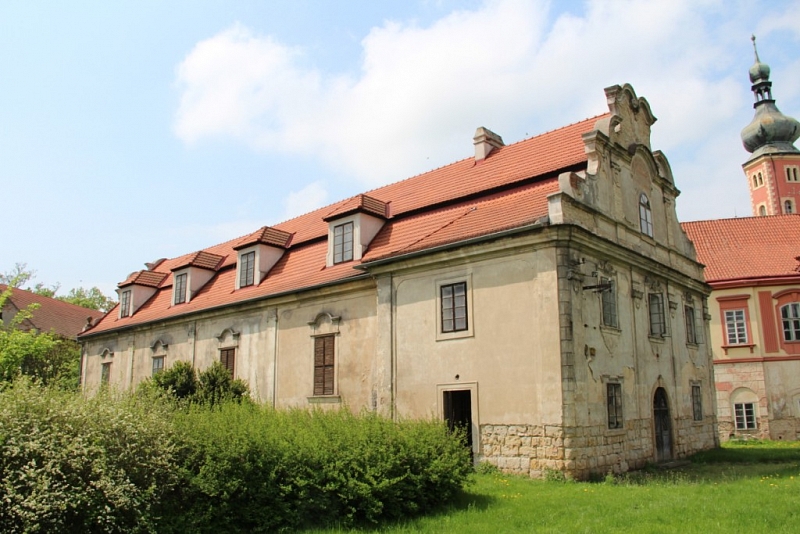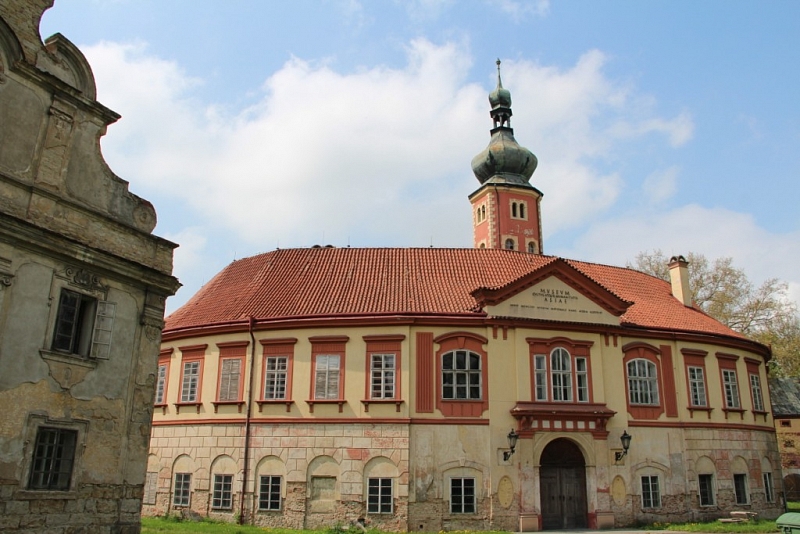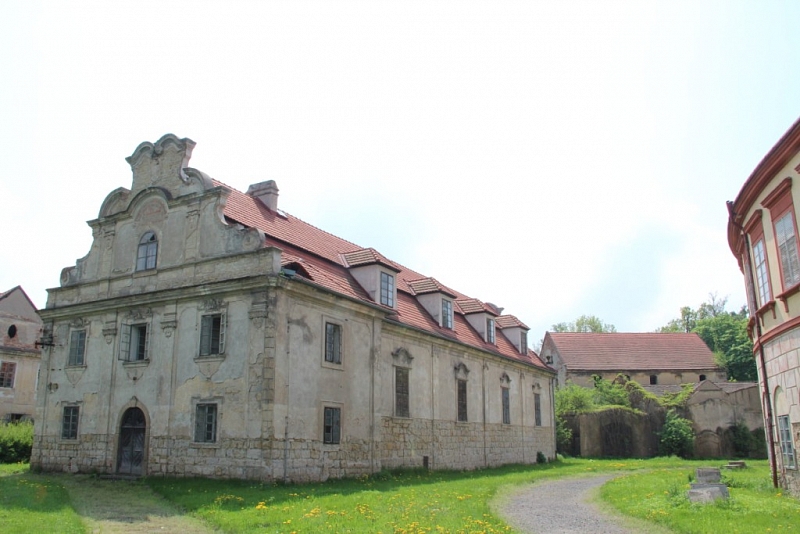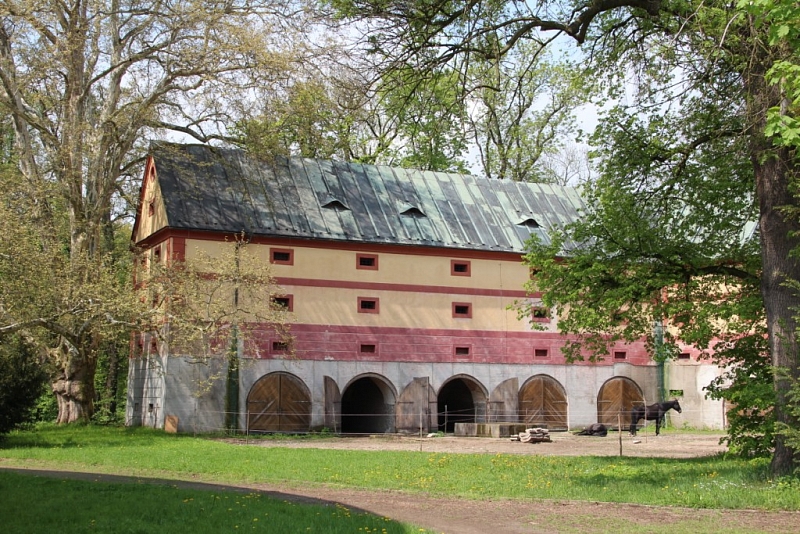chateau Liběchov
For example, go to the Liběchov chateau from the town of Mělník, about six kilometers away. A fortress stood on the site of the chateau in the 14th century. One of the interesting events of Liběchov is the stay of Jan Hus, who left here at the time when the ban on the tribulation of Mass and other services was announced over him in 1412. He remained here until the following year - 1413.
Information for visitors
Interesting facts chateau Liběchov
The first major transformation of the building took place in the second half of the 16th century, when the fortress became a Renaissance building surrounded by a fairly wide moat. Adjacent to the entrance to the courtyard was a stair tower. The building modifications took place under Kašpar Belvice, who also had a sheepfold, a brewery, a mill and a plow yard built.
In Liběchov, there was a frequent change of owners. For example, these included the Krabi family from Veitmile, the Beřkov family from Šerbířov, the Malovcová family, the Pacht family from Rájov, the entrepreneur Jakub Veit and František Homolka.
Under the Pachts of Rájov, the building was rebuilt into a Baroque chateau in the English style. The reconstruction of the residence required the participation of many well-known artists - the architect was F.M. Kaňka, the decoration was taken care of by Matyáš B. Braun and V.V. Reiner (his paintings have not been preserved). Classicist alterations took place after 1811, when another leading Czech painter - Josef Matěj Navrátil - was responsible for the decoration of the rooms during the years 1838 - 1843.
František Homolka became the last private owner in 1920. The castle belonged to him until 1949, when it was nationalized. During the war, an infirmary for the German army was placed in the chateau, and the artistic decoration in the exteriors and interiors was severely damaged. Damage to the castle continued even after 1954, when the building borrowed a Czechoslovak state film. Reconstruction work began after 1967, when the Náprstek Museum was located here. Since 1977, museum collections focusing on Asian culture and art have been made available. Another big blow to the chateau was the flood in 2002, when it had to recover from extensive damage for several more years.
Author: Petra Nachtmanová
